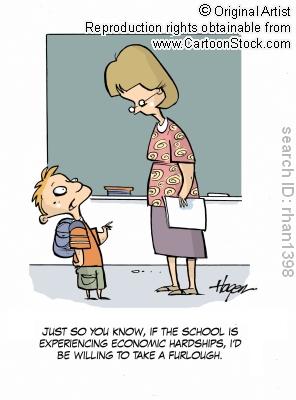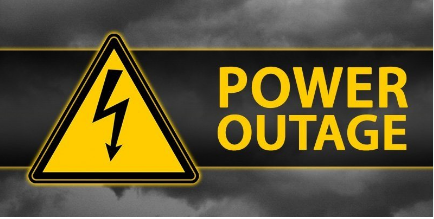Many students are wondering why our winter break is so extensive this year. Seventeen days, the length of the winter break, is almost equivalent to 25% of summer vacation. Most are unaware that the stagnant national and local economies are much to blame for the ‘hibernation period.’ For three of these days, teachers are scheduled for regular work: coming in at the same time, making lesson plans, and attending staff meetings. However, they are also not being paid for these days, which is an economic measure called a furlough. With local budgets being tight, a salary break for all of the county’s teachers would save a considerable amount of money, even if it is just for a couple of days.
Recently, the furlough days for St. Mary’s County Public Schools have been lifted, and the teachers will be paid for their work. However, the threat of having them has almost the same moral effect of implementation.
Is asking for labor without a reward in return unjust? Or is it necessary in times of economic distress like these? On one hand, all labor should be rewarded with wealth. If this system stopped, there would be no motivation to work or produce. For every input, there should be an output. However, this isn’t just a regular day on Wall Street. Inflation is high and budgets are tight everywhere, therefore everyone is expected to take a hit. “My mom was talking about the furlough days, and she doesn’t like the situation we’re in. However, she sees what the government is trying to do,” says sophomore Cameron Errington. Some people are neutral. Others are violently against, and the rest are all for it. Whichever side you associate with, the furlough days are sure to be a hot and controversial topic throughout the next couple of months.









